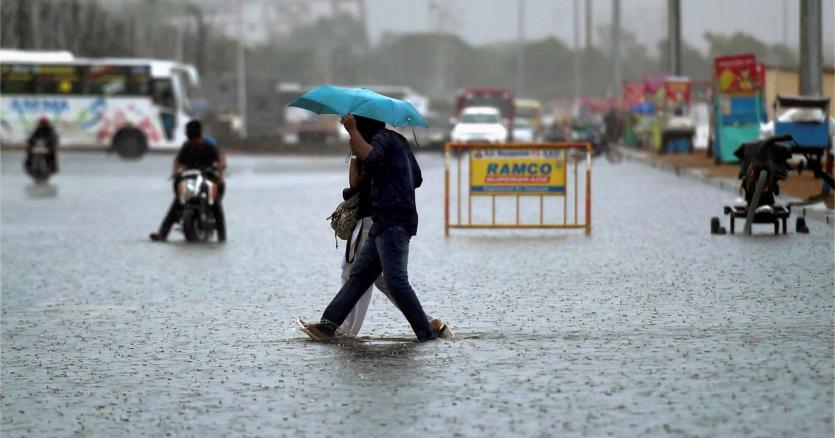Photo:PTI
By Patryk Krych | The World Daily | JULY 7th 2021
According to a recent study, human activity that leads to the releasing of greenhouse gasses and subsequent changing climates and lands may in fact be linked with higher rainfall, and thus with an increased risk of such disasters as flooding.
An incline in flooding and landslides has been observed all across the world in the past recent years, largely caused by more extreme rainfall in some places at certain times of the year. Whenever the rain or snowfall exceeds the norm of a given region, the likelihood of such a disaster is all the more probable.
The study itself, published in Nature Communications on Tuesday and performed by researchers at University of California, Los Angeles (UCLA), worked to understand just how much human activity such as land-use change and greenhouse gas emission would impact the likelihood of extreme weather events and higher rainfall.
By looking at global records and data of observed precipitation over the years, the researchers were able to determine how human activity affected the severity of extreme weather events, keeping in mind that extreme weather may occur even without human intervention of any kind – but that its intensity may change.
“It is vital to identify the changes [to precipitation patterns] caused by human action, compared to the changes caused by natural climate variability,” said Gavin Madakumbura, the lead researcher on the study.
He added: “It allows us to manage water resources and plan adaption measures to changes driven by climate change.”
The data set produced by the study works on a global scale, whereas all previous research of this kind has been restricted to individual countries. What they had confirmed was that the release of greenhouse gasses lead to warming temperatures, and higher water temperatures lead to greater precipitation – and thus to higher rainfall and flood risk, all over the world.






